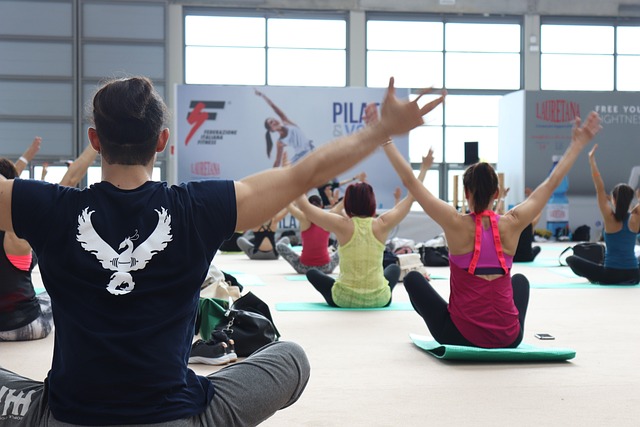Did you know that engaging in just 45 minutes of art-making can significantly reduce stress hormones like cortisol? It’s true! Art therapy is a powerful tool for stress management, and its benefits are backed by science and countless personal success stories. As a mental health specialist with decades of experience, I’ve witnessed firsthand how art therapy can transform lives, offering a creative and therapeutic outlet for managing stress.
In this article, we’ll explore how art reduces stress, practical ways to use art for stress relief, and some inspiring painting ideas to get you started.
How Much Does Art Reduce Stress?
Art has been shown to be incredibly effective in reducing stress. A study published in the Journal of the American Art Therapy Association found that 75% of participants experienced a significant drop in cortisol levels after just 45 minutes of art-making. This reduction in cortisol translates to lowered feelings of stress and anxiety.
Art engages the mind and body in a process of creation, which activates the parasympathetic nervous system (responsible for relaxation). This physiological effect calms the brain, reducing the intensity of stress responses.
Personal Anecdote:
A client of mine, a busy mother of three, struggled with chronic stress. I suggested she try painting as a form of relaxation. Within weeks, she reported feeling more at ease and less overwhelmed. The act of painting provided her with a much-needed escape and a sense of accomplishment.
How to Use Art for Stress Relief
- Set Aside Time: Dedicate at least 30 minutes a day to engage in creative activities. Treat this time as sacred—no distractions!
- Choose Your Medium: Whether it’s sketching, painting, or sculpting, pick an art form you feel drawn to. The medium isn’t as important as the act of creating.
- Focus on the Process: Don’t worry about creating a masterpiece. The goal is to enjoy the act of making art, not the outcome.
- Create a Relaxing Environment: Set up a calming space with soft lighting, soothing music, and all the materials you need.
- Use Guided Prompts: If you’re unsure where to start, follow simple prompts like “paint your emotions” or “draw your favorite memory.”
Statistics on How Art Relieves Stress
- Cortisol Reduction: A 2016 study showed that engaging in art-making for just 45 minutes reduced cortisol levels in 75% of participants, regardless of their skill level.
- Increased Happiness: A survey by the American Art Therapy Association found that 80% of participants felt happier and more relaxed after engaging in art activities.
- Stress and Longevity: Creative expression has been linked to lower levels of chronic stress, which can improve overall health and increase lifespan.
Art Therapy for Stress Management
Art therapy is a structured form of therapeutic art guided by a licensed professional. It’s particularly effective for individuals dealing with chronic stress, anxiety, and trauma. Here’s how it works:
- Exploration of Emotions: Art therapy encourages individuals to express emotions they may not be able to put into words.
- Mindfulness Practice: The focus required for art-making brings individuals into the present moment, similar to mindfulness meditation.
- Self-Discovery: Through creative expression, people often gain insights into their feelings and stress triggers.
- Coping Skills: Art therapy teaches healthy ways to process and manage stress, replacing harmful coping mechanisms.
Art therapy is particularly effective for stress because it doesn’t require verbal communication, making it accessible to individuals of all ages and backgrounds.
How Does Art Reduce Stress?
Art reduces stress in several ways:
- Engages the Mind: Creating art requires focus and concentration, which distracts the mind from stressors.
- Regulates Emotions: The repetitive movements involved in activities like drawing or painting can have a soothing effect on the nervous system.
- Boosts Confidence: Completing an art project, no matter how simple, fosters a sense of achievement.
- Releases Emotions: Art provides a safe space to express feelings like anger, sadness, or frustration.
Stress Relief Painting Ideas
- Abstract Emotions: Use colors and shapes to represent your current mood. There’s no right or wrong way to do this—it’s all about self-expression.
- Nature Scenes: Paint calming landscapes like forests, beaches, or sunsets. Nature-themed art is particularly soothing.
- Mandala Patterns: Drawing or painting intricate mandala designs can be meditative and help focus your mind.
- Paint with Your Fingers: Finger painting can be a tactile and liberating way to express emotions.
- Gratitude Canvas: Paint things you’re grateful for—a powerful exercise for reducing stress and fostering positivity.
Pro Tip: Don’t have painting supplies? Try digital painting apps on your tablet or phone for a mess-free alternative.
Personal Anecdote
I vividly remember the first time I introduced art therapy to a corporate client struggling with workplace stress. She was hesitant at first, claiming she “wasn’t artistic.” But once she started painting, she found it easier to articulate her feelings about work-life balance. This newfound clarity helped her make changes in her daily routine, and she credited art therapy with reducing her stress levels.
Conclusion
Art therapy is a simple yet profoundly effective way to manage stress. Whether you’re sketching, painting, or sculpting, the act of creating allows you to channel stress into something tangible and beautiful. Backed by science and countless success stories, art therapy offers a creative escape and a proven method to calm the mind.
If stress has been weighing you down, grab a brush, some paints, and a canvas. Start small and focus on the joy of creation—you’ll be amazed at how quickly art can transform your mental well-being.

